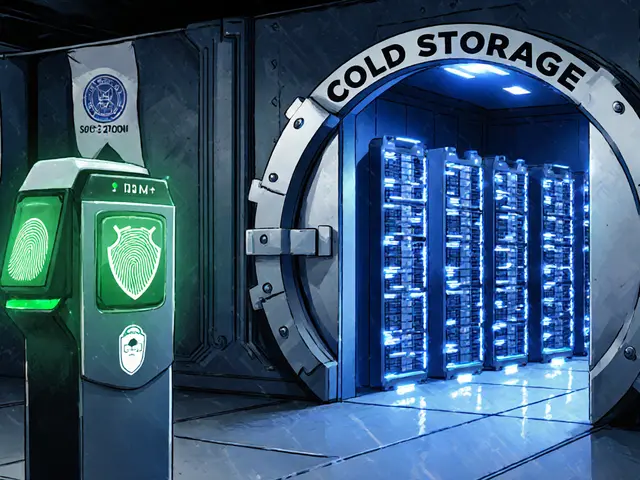Wrapped Tokens Explained – The Bridge Behind Modern Crypto
When working with wrapped tokens, cryptocurrency assets that are locked on one blockchain and represented on another. Also known as wrapped assets, they enable cross‑chain liquidity and DeFi, decentralized finance applications that run on smart contracts. Ethereum, the leading smart‑contract platform hosts most wrapped versions because its ecosystem supports the necessary token standards. A wrapped token wrapped tokens encompasses three key parts: the original asset, a custodian smart contract, and the minted representation on the target chain. This structure lets users earn yield, trade on DEXs, and move value without selling the underlying asset.
Tokenomics, Airdrops, and Cross‑Chain Bridges
Understanding the tokenomics of wrapped assets is crucial. The supply of a wrapped token mirrors the locked amount of its native counterpart, creating a 1:1 peg. This peg requires transparent audit trails, which many projects provide via on‑chain dashboards. When an airdrop is announced, the wrapped version often becomes the distribution vehicle because it can reach users on multiple chains simultaneously. For example, an airdrop airdrop, a free token giveaway to eligible holders can be claimed on both Ethereum and Binance Smart Chain through their respective wrapped contracts, expanding the recipient pool. The bridge itself cross‑chain bridge, the infrastructure that locks and mints assets across networks influences liquidity, fees, and speed, which directly impact DeFi strategies like yield farming or liquidity mining. In short, the quality of a bridge determines how safely you can move value and participate in token‑based incentives.
Beyond mechanics, wrapped tokens shape market behavior. They affect price discovery on decentralized exchanges, enable arbitrage opportunities, and provide compliance pathways for institutions wary of direct exposure to certain blockchains. As regulators look at how assets move across borders, the custodial contracts behind wrapped tokens become a focal point for auditability. Whether you’re a trader chasing arbitrage, a developer building a multi‑chain app, or an investor evaluating tokenomics, knowing how wrapped tokens interact with Ethereum, DeFi, airdrops, and bridges gives you a solid foundation. Below, you’ll find a hand‑picked collection of articles that dive deeper into each of these areas, from step‑by‑step airdrop guides to detailed reviews of bridge security.




